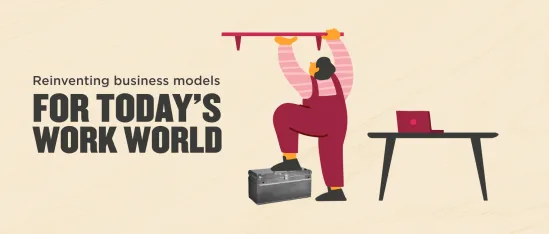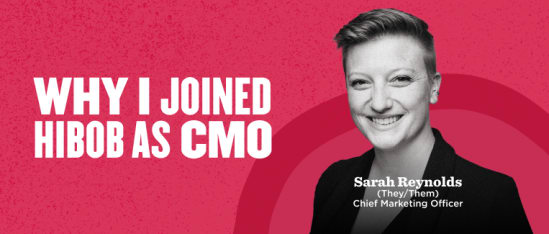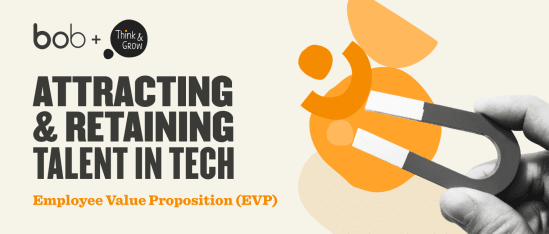Top 12 employee performance metrics to track
As HR professionals know, employee performance metrics are more than just simple numbers on a screen.

Despite the willingness of older generations to return to the workforce, these professionals face a…

To build a thriving Gen Z workforce, modern organizations need new approaches to people-focused business…

Success for modern organizations starts with combining out-of-the-box workforce planning strategies with the adoption of…

When it comes to experience vs. education, it's best to have a mix of the…

When it came to joining HiBob as CMO, what resonated with me most was seeing…

As people and culture leaders and business partners, workforce planning is a major part of…

Today’s workforce spans at least four generations. They equip companies with nearly a century of…

We know that attracting and retaining top talent is the biggest challenge for Australian early-stage…

One of the keys to achieving an effective global recruitment strategy is to embrace the…

Traditionally, companies have employed workforce planning and talent management during market downturns as part of…

As we adjust to a post-COVID world, companies need to evolve according to changes in…